The Secrets of Black Forest Cake
12 min read Discover the rich history, ingredients, and techniques behind making an authentic Black Forest Cake, a cherished German dessert loved worldwide. July 07, 2025 03:05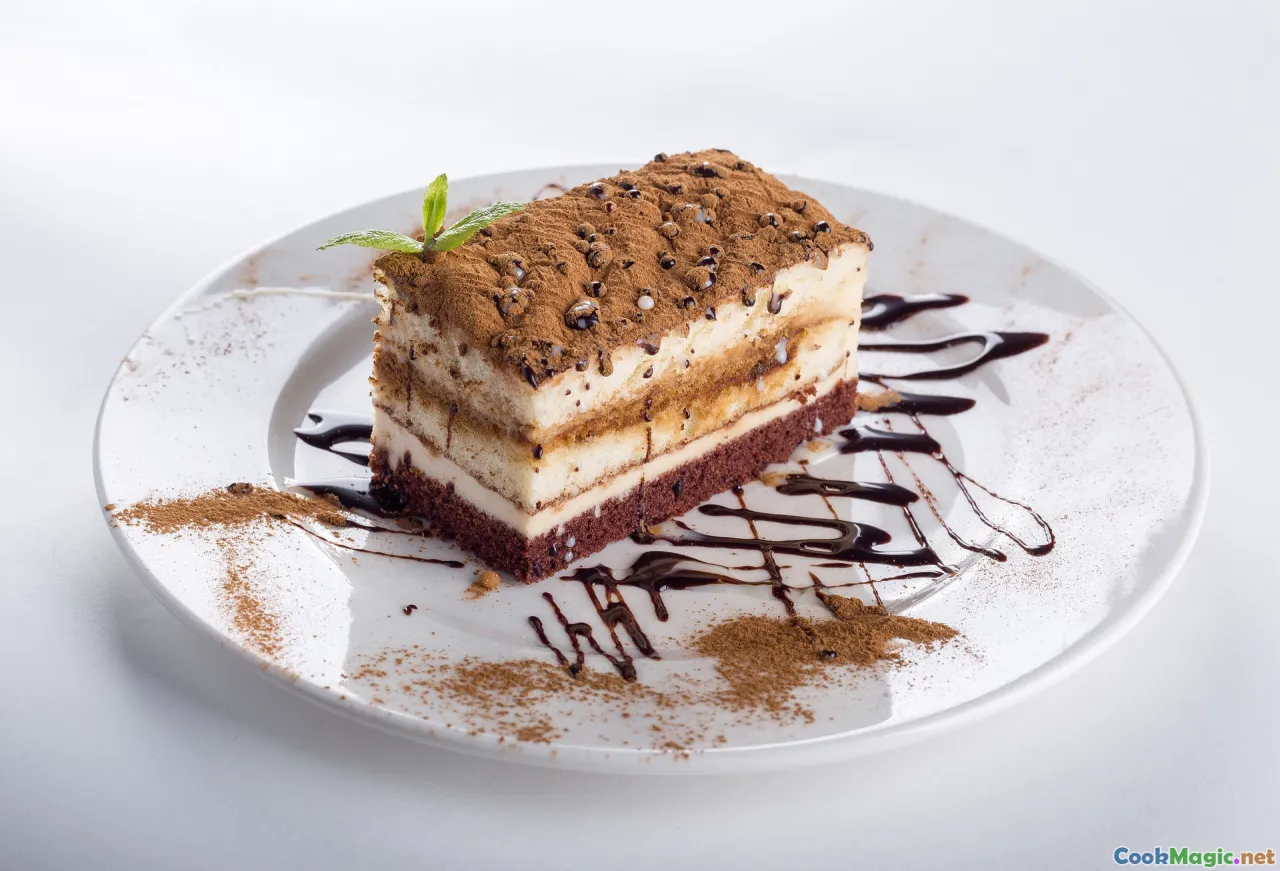
The Secrets of Black Forest Cake: Unveiling Germany’s Timeless Dessert
Few desserts evoke the rich tapestry of German heritage quite like the Black Forest Cake. Its name alone conjures images of dense forests draped in a velvety cloak of chocolate, glimpses of bright cherries peeking through. This iconic confection isn’t merely a sweet treat; it’s a sensory journey intertwined with centuries of tradition, regional pride, and craftsmanship.
In this exploration, we delve deep into the mystical allure of Black Forest Cake, revealing its origins, the secrets behind its irresistible flavor, and tips to perfect this masterpiece at home. Prepare to be transported into a world where cherries and chocolate dance in perfect harmony, echoing the heart and soul of German culinary culture.
The Rich History and Cultural Significance of Black Forest Cake
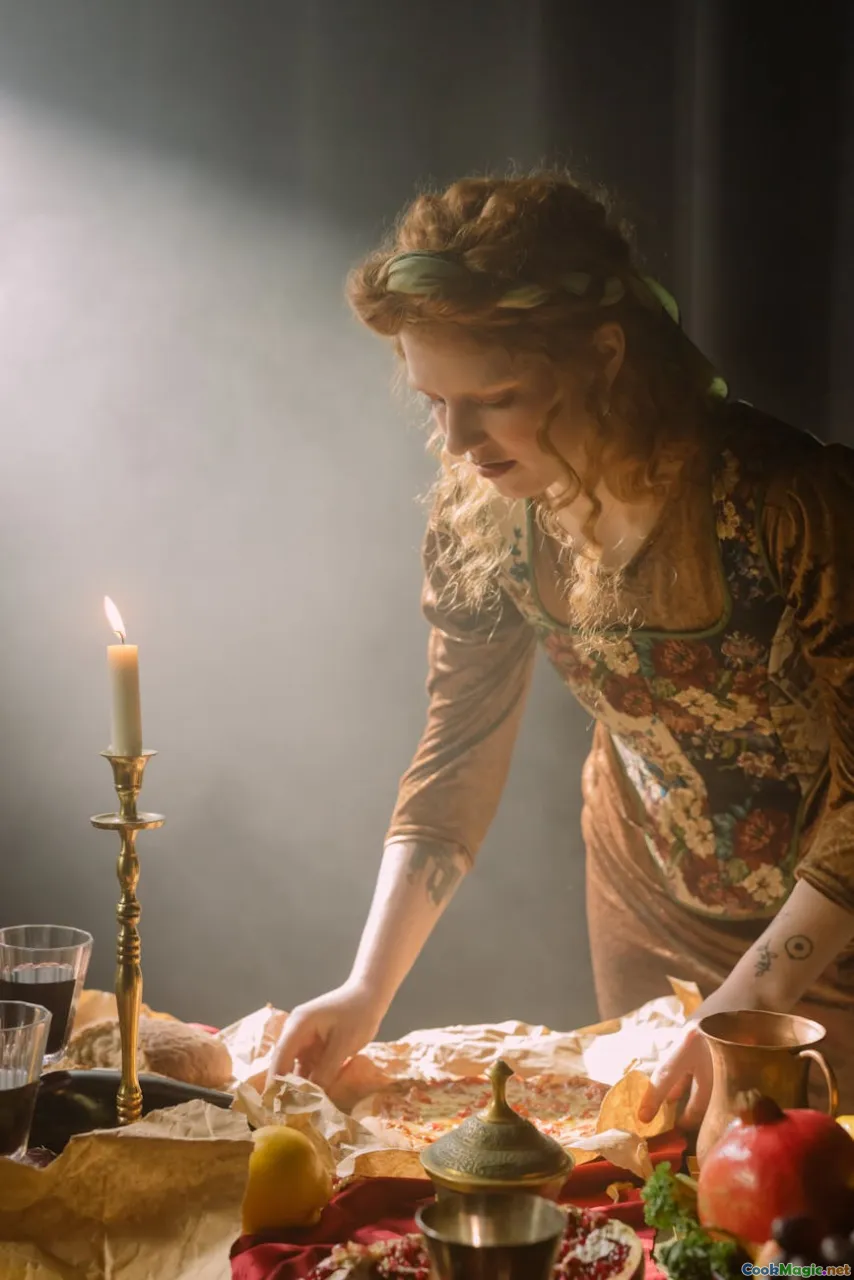
The story of Black Forest Cake begins in the enchanting Schwarzwald (Black Forest) region of southwestern Germany. Historically, this area has been famed not only for its dense, shadowy forests but also for its culinary ingenuity. It is believed that in the early 20th century, pastry chefs in the region pioneered this layered dessert, combining local ingredients with European pastry techniques.
Legend has it that the cake was originally called "Schwarzwälder Kirschtorte" — literally, "Black Forest Cherry Torte". Its distinctive ingredients, particularly the use of Schwarzwälder Kirschwasser (a clear cherry brandy), anchored it firmly in regional tradition. Over time, it became a national icon, representing not just the Black Forest, but also the craftsmanship and pride of German pastry arts.
Today, Black Forest Cake is a festive centerpiece for birthdays, weddings, and holidays, symbolizing joy and German hospitality. Its popularity extends worldwide, but true mastery hinges on an understanding of its cultural roots and the quality of regional ingredients.
Key Ingredients and Their Cultural Significance
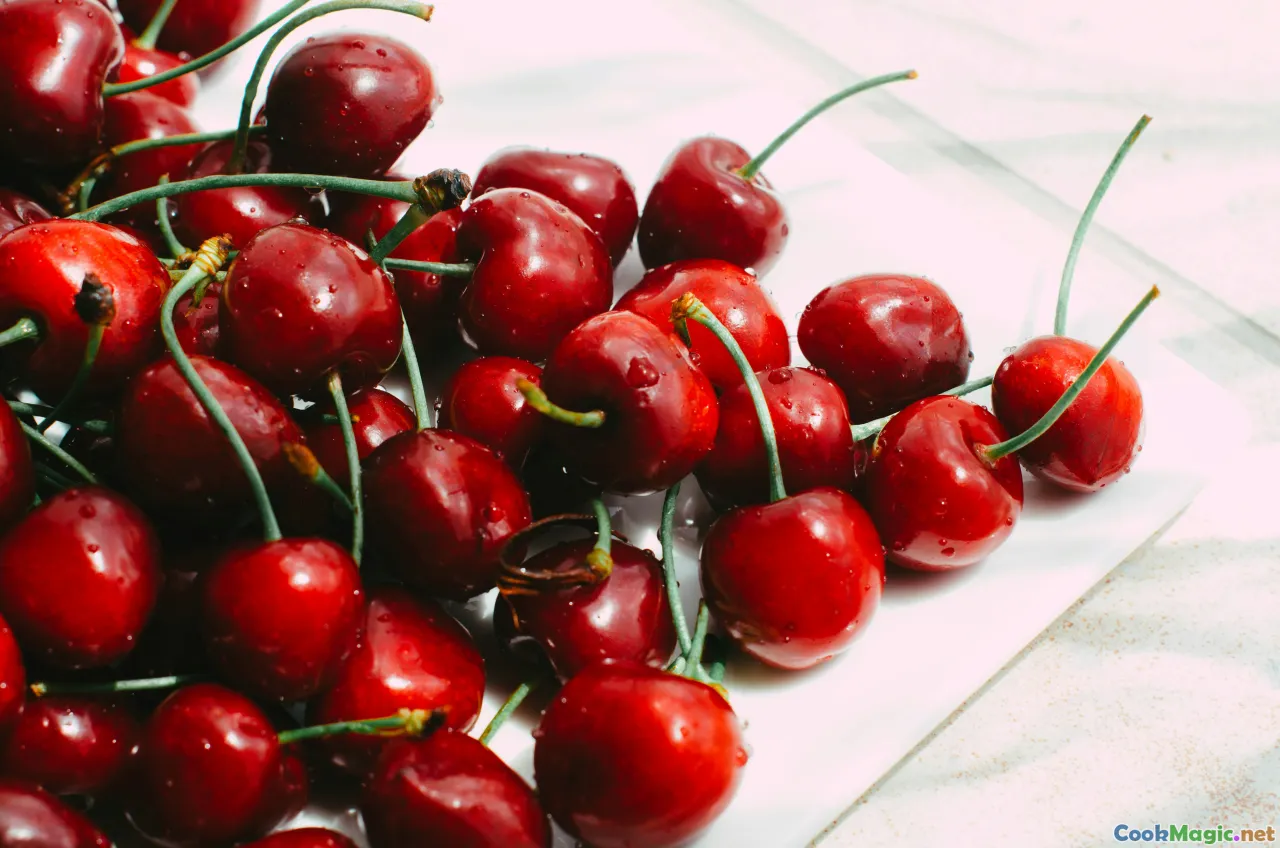
Every component of Black Forest Cake carries a story and precise purpose:
- Cherries: Traditionally, fresh, sour cherries such as Erzgebirge or Montmorency are used for their tartness, which balances the sweetness. In Germany, these are often preserved in kirsch — a practice that preserves the fruit’s piquancy and aroma.
- Kirschwasser: This pristine cherry brandy is more than a flavor enhancer; it’s a symbol of Schwarzwälder Wälder (Black Forest) honesty and craftsmanship. Its subtle fragrance imbues the cake with a delicate warmth.
- Chocolate: The deep, bittersweet German chocolate (ideally high-quality dark cocoa) provides the cake’s base of rich decadence. German pastry chefs often prefer a slightly bitter chocolate to offset the sweetness of cherries and cream.
- Whipped Cream: Light, airy, and subtly sweet, the whipped cream serves as a luxurious binder, balancing the density of the chocolate layers.
- Sponge Layers: They must be moist and tender, capable of soaking up cherry syrup and kirsch without becoming soggy—an essential for the cake’s layered structure.
Understanding these ingredients not only elevates your baking but also deepens your appreciation of German bakery artistry.
Crafting the Perfect Black Forest Cake: Step-by-Step Guide
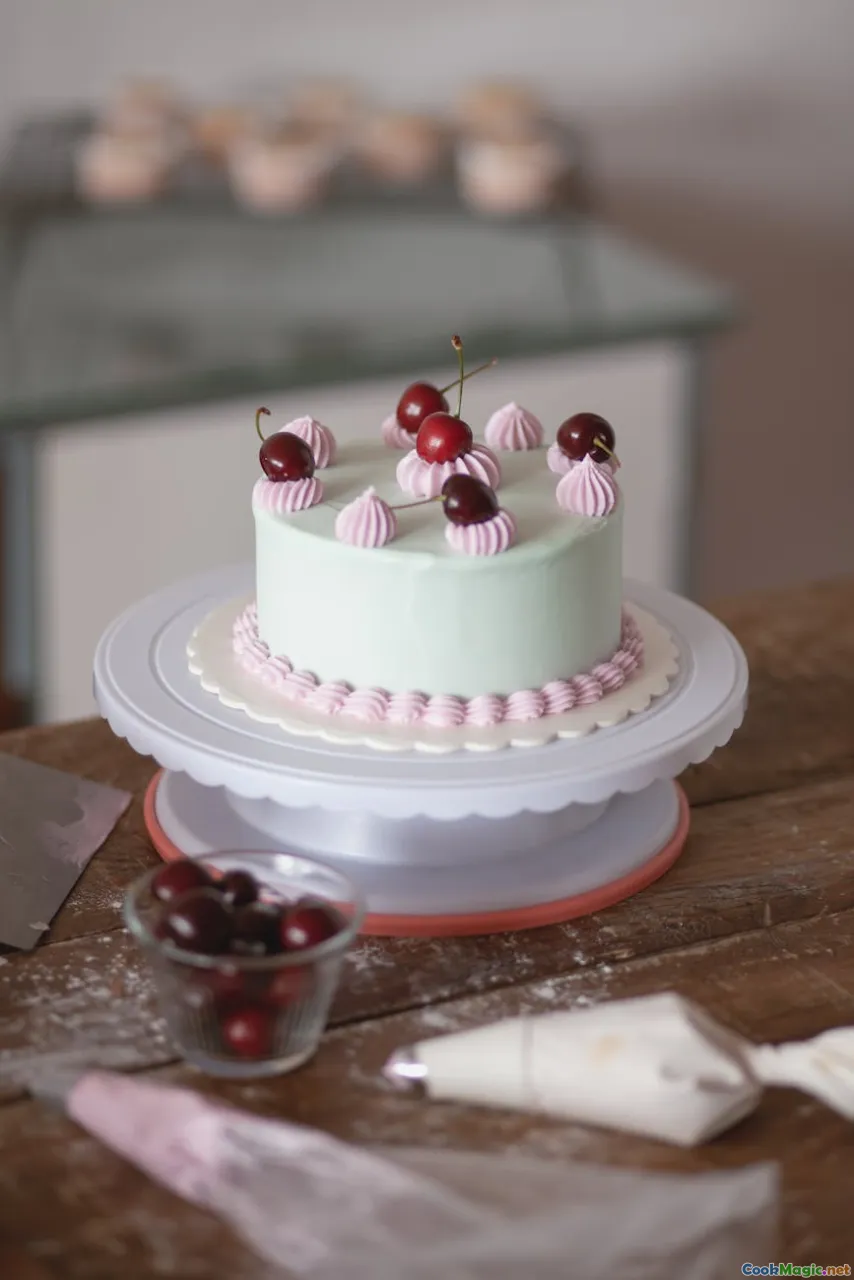
Creating a Black Forest Cake that does justice to the tradition involves precision, patience, and a love for technique. Here’s how to craft an authentic version:
1. Prepare the Cherries
*Choose quality: Use fresh sour cherries if in season; otherwise, opt for high-quality preserved cherries.*Soaking and syrup: Combine cherries with sugar and a splash of kirsch. Let them sit for a few hours. Save the syrup for soaking the cake layers.
2. Bake the Chocolate Sponge
*Ingredients: Egg yolks, egg whites, sugar, flour, cocoa powder, butter.***Method:**Whip egg whites to stiff peaks, blend with yolks and dry ingredients carefully to maintain fluffiness.*Result: Moist, airy layers that can absorb cherry syrup without disintegrating.
3. Assemble and Soak
- Slice the sponge into multiple thin layers.Lightly soak each layer with cherry syrup infused with kirsch. Spread a layer of whipped cream and scatter a generous handful of cherries.*Repeat for subsequent layers.
4. Decorate and Chill
- Cover the assembled cake in a thick, even coat of whipped cream.*Decorate with chocolate shavings, whole cherries, and a drizzle of kirsch.
- Chill for several hours to allow flavors to meld beautifully.
5. Final Touches
- Use a vegetable peeler for thin chocolate curls.*For a more authentic look, dust with cocoa powder before serving.
This meticulous process results in a symphony of textures: the plush sponge, the tart cherries, the boozy punch of kirsch, all wrapped in a cloud of sweet cream.
The Art of Flavor Balance and Texture
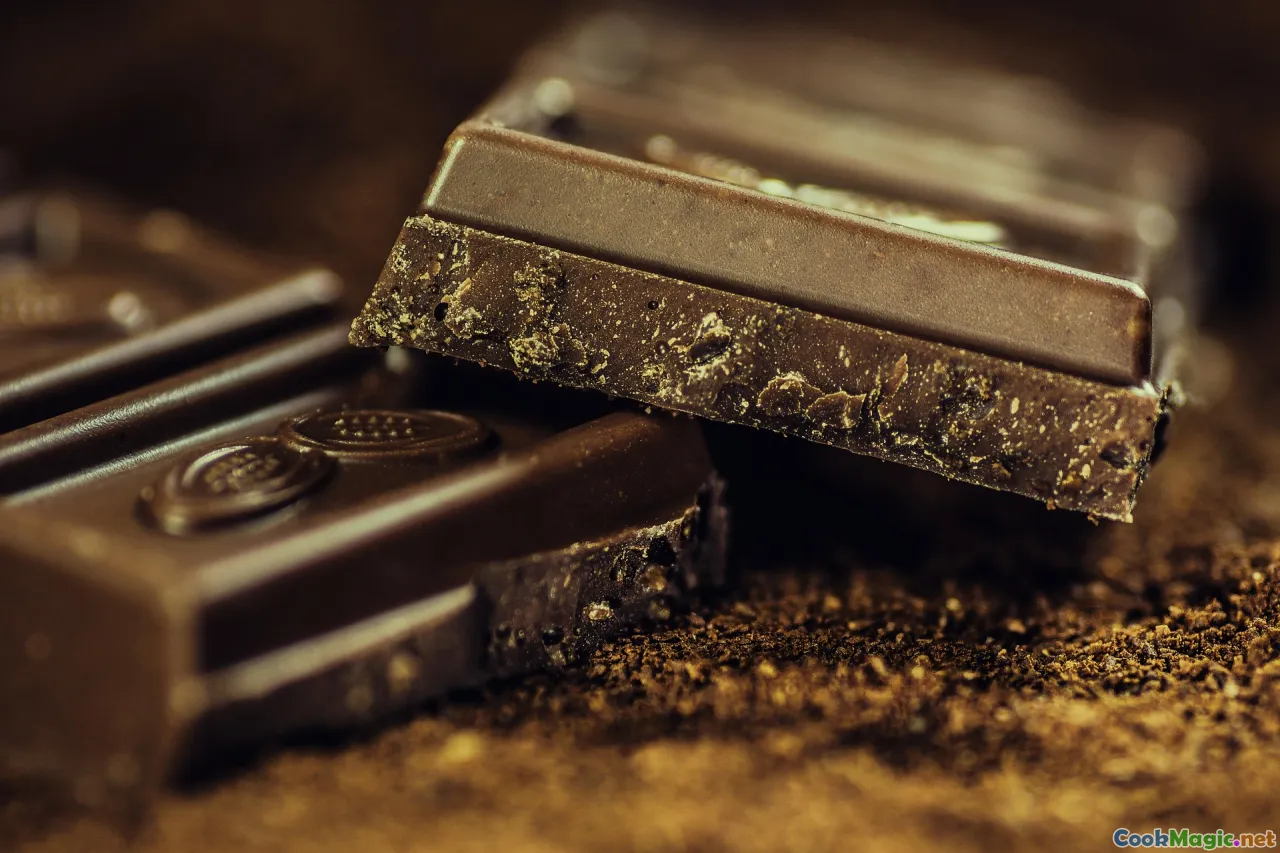
Balancing the boldness of chocolate, the tartness of cherries, and the subtle warmth of kirsch is where mastery shines. Too much kirsch can overpower; too little can leave the cake flat.
The texture interplay is equally vital. The sponge must be moist yet resilient; the cream fluffy but firm enough to hold layers; cherries provide bursts of tang amidst velvety sweetness.
An excellent Black Forest Cake does not merely look impressive — it awakens the palate, engaging all senses in a harmonious dance.
Regional Variations and Modern Twists

While the traditional Black Forest Cake remains cherished, contemporary bakers experiment with nuances:
- Gluten-free versions: Using almond or chestnut flour.
- Alternative fillings: Incorporating vanilla bean custard or lemon curd.
- Presentation styles: Deconstructed tiers or individual trifle-style servings.
- Decorative twists: Incorporating edible gold, corporate branding, or botanical elements.
Despite these innovations, the core elements—cherry, chocolate, cream—must remain intact for the authentic experience.
Tips for Achieving Authenticity at Home
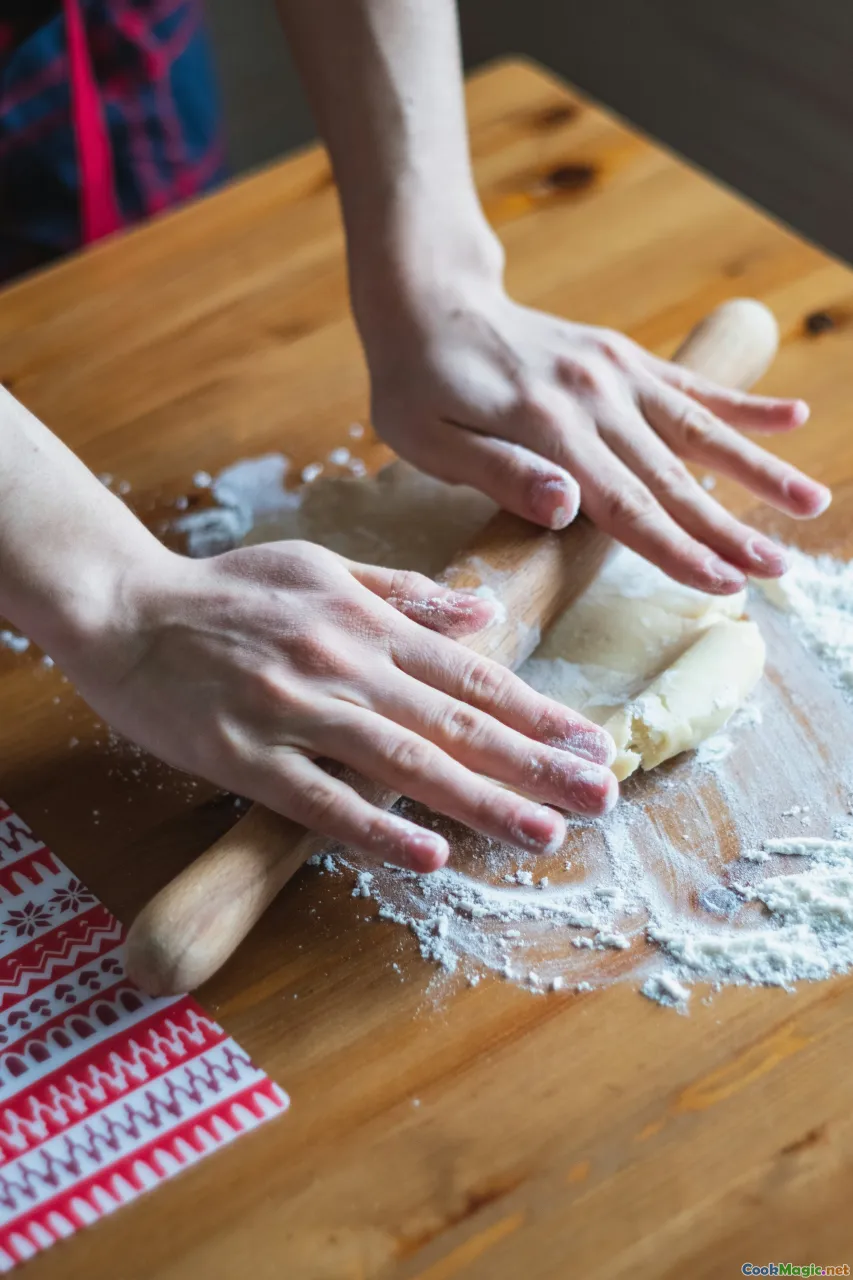
- Use high-quality ingredients: The flavor hinges on the quality of chocolate, cherries, and kirsch.
- Precision matters: Measure accurately, especially with liquids and flours.
- Patience is key: Chill layers sufficiently and allow flavors to meld.
- Presentation counts: Neat layering and thoughtful decoration elevate your homemade cake.
- Embrace tradition: Don’t shy away from the slightly boozy character—the essence of its German roots.
By embodying these principles, even amateur bakers can craft a Black Forest Cake that rivals those of renowned German patisseries.
An Emotional Connection: Why Black Forest Cake Matters

Beyond its ingredients, Black Forest Cake embodies storytelling, memory, and celebration. For many Germans, sharing a slice signifies family ties, milestones, and cultural pride. Its aroma—rich chocolate, sweet cherries, and a hint of kirsch—evokes feelings of warmth, nostalgia, and togetherness.
Travel to Germany, and you will encounter this cake in bakeries from Freiburg to Berlin, each with its unique twist yet unwavering respect for tradition. It’s served during festive occasions, paired fervently with strong coffee or bubbly Champagne.
Cooking and sharing this cake reconnects us to a lineage of culinary craftsmanship that dates centuries, reminding us that food isn’t just sustenance but a vessel for stories, emotions, and identity.
The Final Slice: Celebrating the Legacy of Black Forest Cake
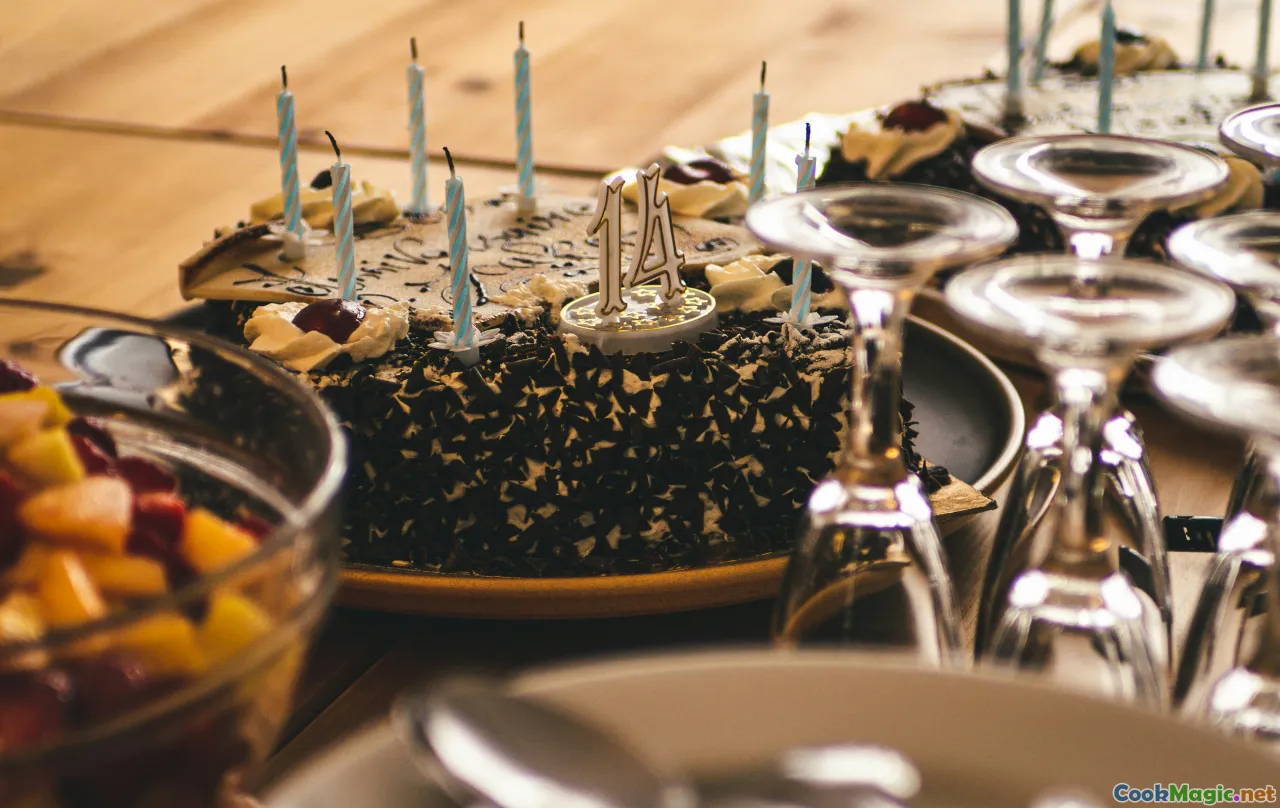
The secrets behind Black Forest Cake are preserved in its layers, flavors, and cultural significance. Mastering its technique offers a window into Germany’s rich history and a means to partake in a centuries-old tradition of craftsmanship.
Whether you’re baking it for a special occasion or savoring a slice as a moment of indulgence, remember that each bite is a tribute to the lush forests of Schwarzwald and the artful pastry chefs who brought this iconic dessert to life.
So, next time you slice into a beautifully crafted Black Forest Cake, celebrate more than just its decadent taste—honor its heritage, craftsmanship, and the stories it continues to tell across generations and continents.









